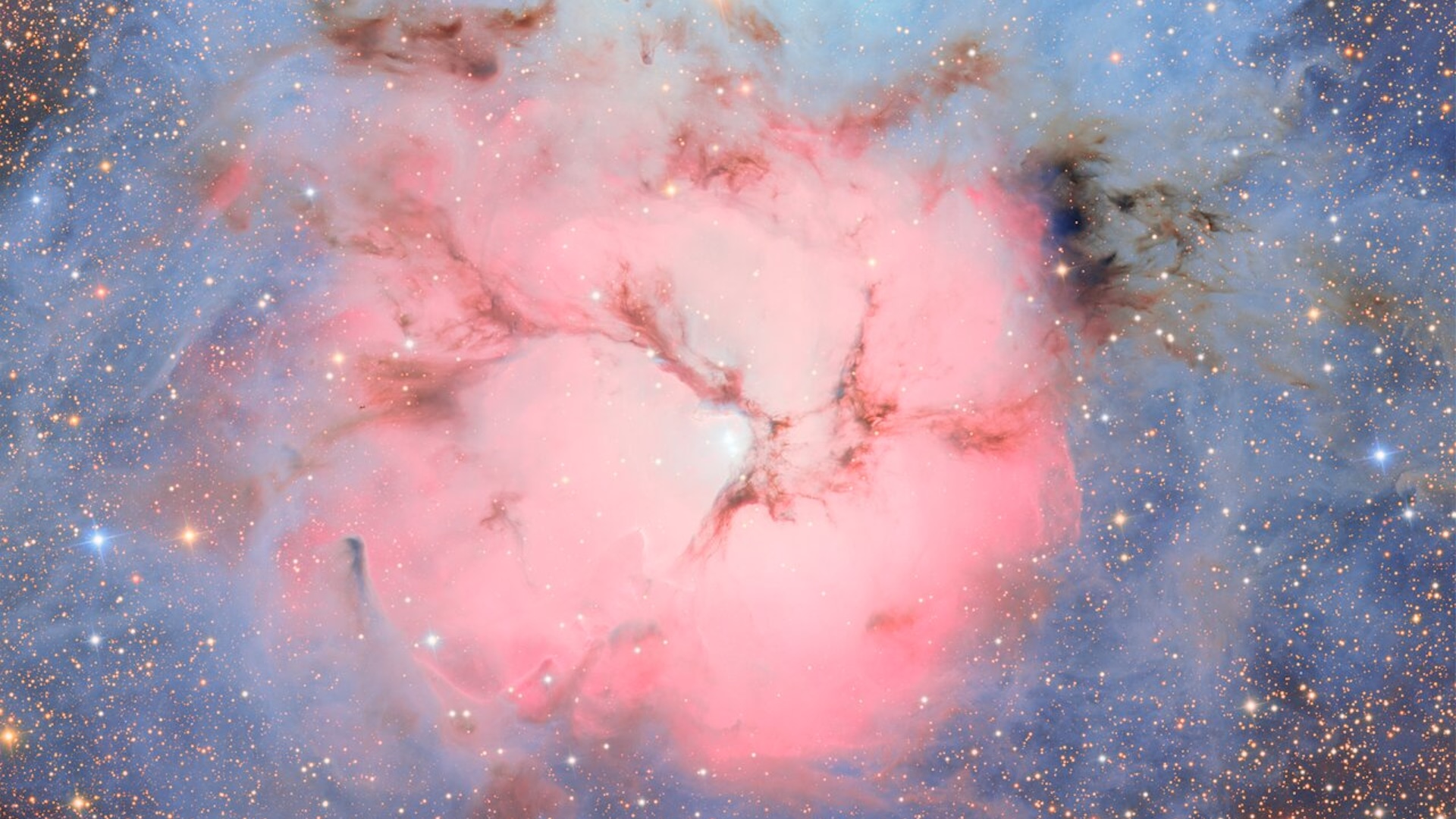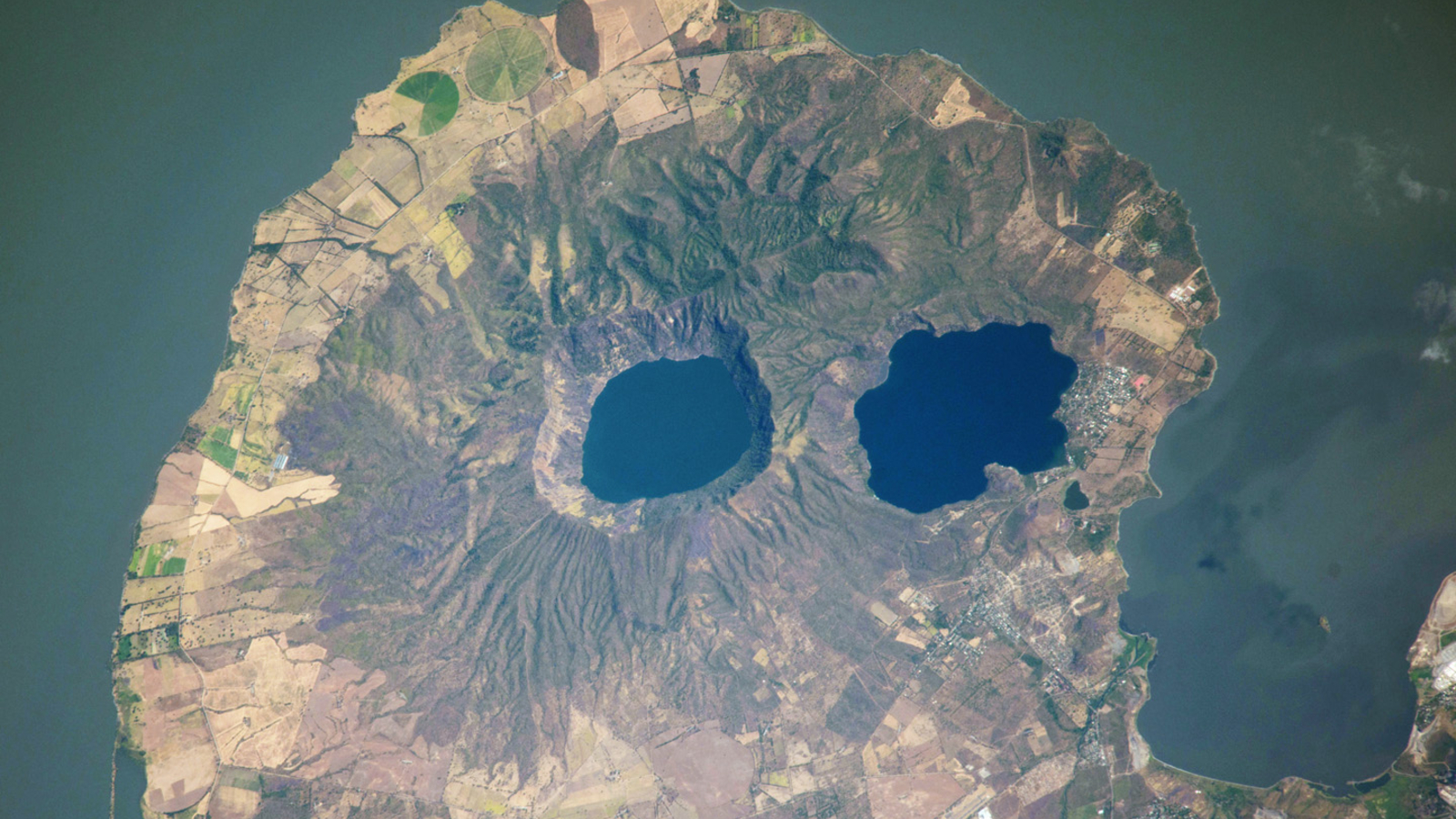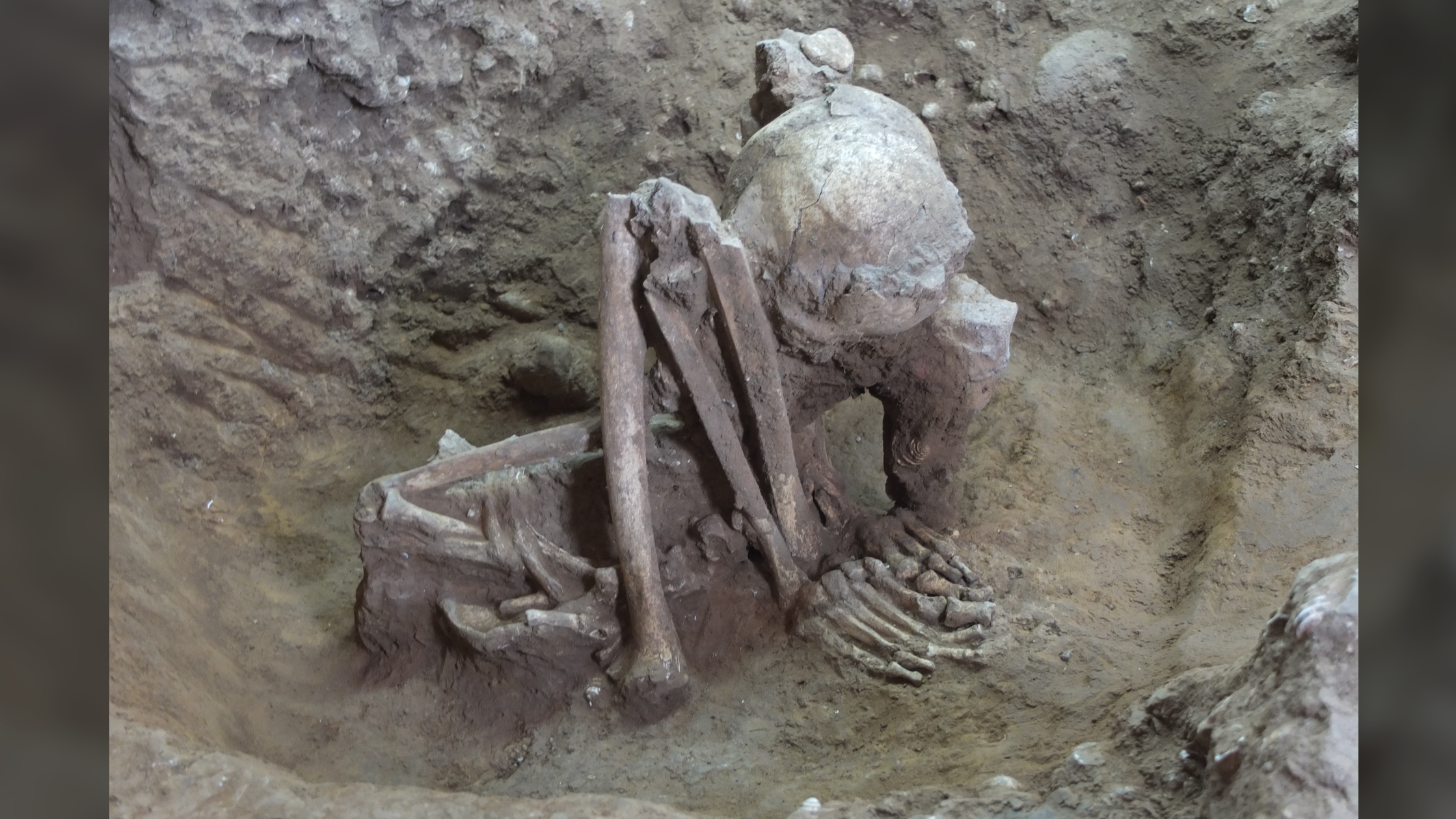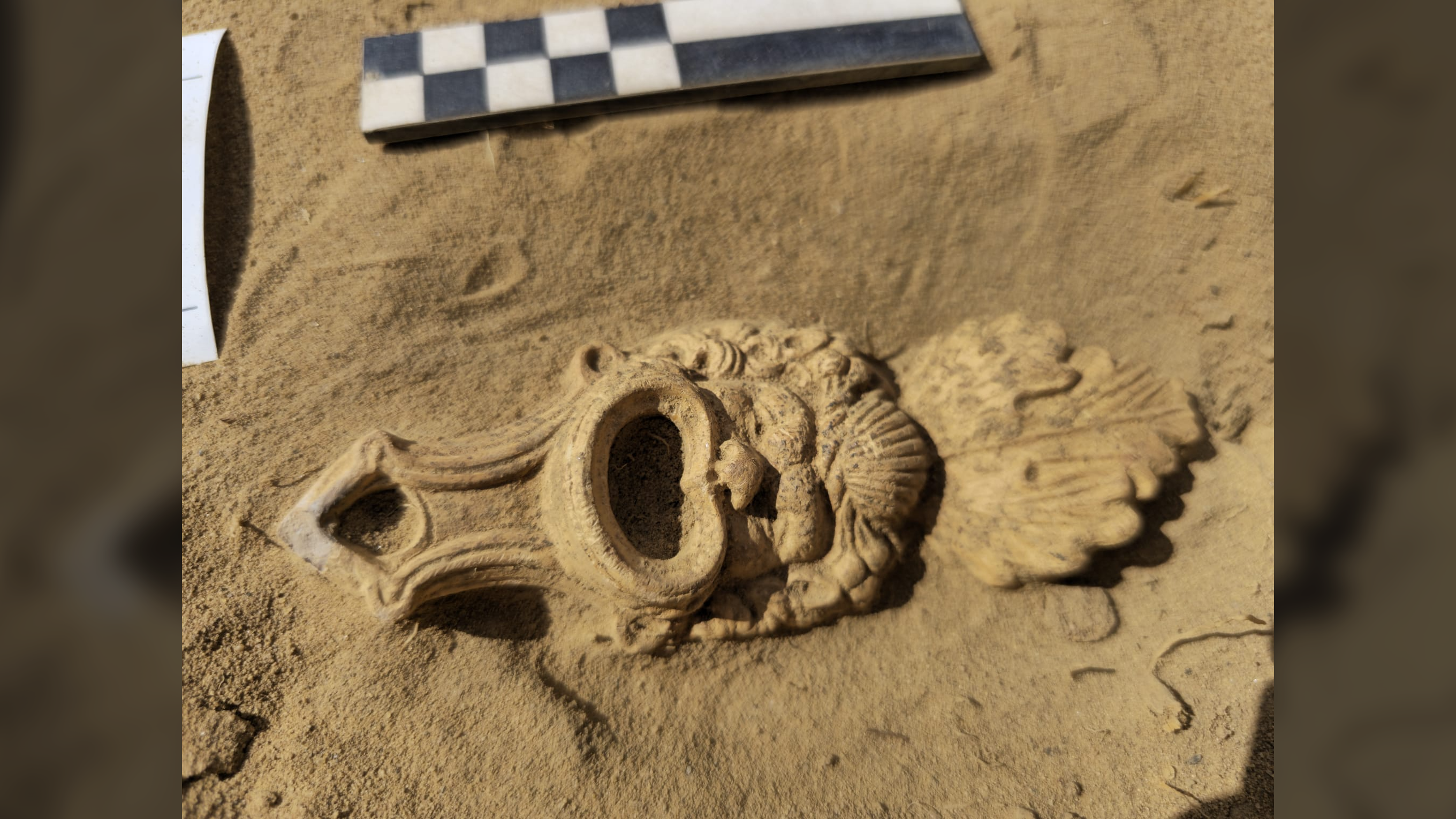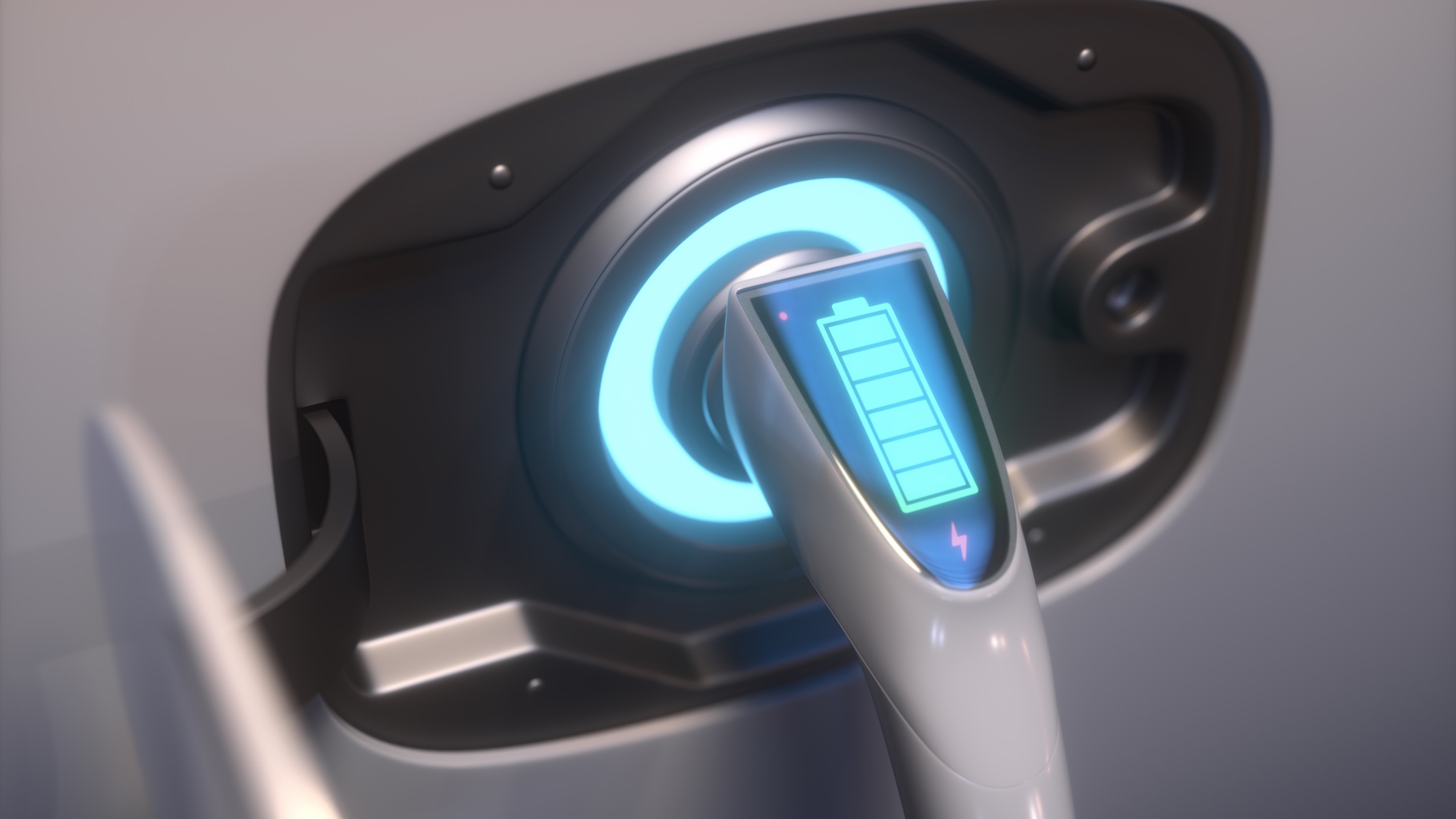QUICK FACTS
What it is: Trifid Nebula (Messier 20)
Where it is: 5,000 light-years distant in the constellation Sagittarius.
When it was shared: June 23, 2025
This week, researchers revealed the long-awaited debut images from the Vera C. Rubin Observatory in Chile. Among its first batch — alongside one of the most detailed snapshots of space ever taken — was this spectacular image of the Trifid Nebula, also known as Messier 20. The stunning image from the world’s largest digital camera showcases the colorful object at its best.
A cloud of gas and dust, the Trifid Nebula is three things at once, hence its name (“trifid” means split into three parts). The pink is an emission nebula, a diffuse cloud of ionized gas that emits its own light, according to NASA. The blue is a reflection nebula, a cloud of gas and dust that scatters the light of nearby stars, much like a streetlight surrounded by fog. The dark regions of the image are dark nebulas and dust lanes that split the object into three parts, creating an intricate web of dust and star clusters.
Related: 6 incredible objects hidden in Vera C. Rubin Observatory’s mind-boggling first image
The Trifid Nebula is a dynamic place. Inside it, new stars are being born, creating intense radiation that sculpts the gas into the spectacular shapes seen in the image.
The spectacular shot, which is available online as a zoomable version as well as a 40-megapixel download, was taken over four nights in May 2025 and is the result of 664 exposures using the 3,200-megapixel Legacy Survey of Space and Time (LSST) Camera. It’s attached to the 8.4‑meter (27.6 feet) Simonyi Survey Telescope. Together, they will image the Southern Hemisphere’s night sky every three to four days for the next decade, creating an unprecedented time-lapse survey of the universe.
This decade-long survey will generate more data in one year than all prior optical astronomy combined. Rubin will likely identify millions of new asteroids (more than 2,100 have already been discovered in its first week), as well as unknown supernovas and potentially hazardous near-Earth objects. Each patch of the sky Rubin studies will be imaged about 800 times during the project, including the Trifid Nebula.
For more sublime space images, check out our Space Photo of the Week archives.





